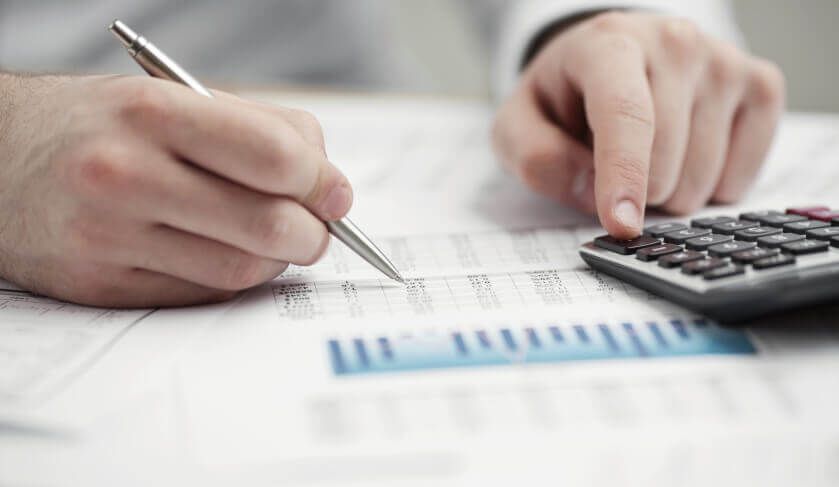How to calculate capital gains tax: cost base, capital gains, capital losses
While there is no fixed rate for capital gains tax on investment property, there are several methods you can choose from to get the best rate for your portfolio.

Essentially, capital gains tax (CGT) is tax paid on capital gains or the profit you made after the sale of an asset.
To work out the amount of capital gains tax that you have to pay when selling an investment property, you have to determine the following variables:
- Cost base, or the purchase price plus other costs associated with acquiring, holding, and selling the property
- Capital gain, or the difference between the profit you made and the cost base
- Capital loss, which you usually get when you sell an asset for a price lower than your cost base
- Net capital gain or loss, which is the amount that goes on your income tax return
Working out your cost base
To determine your cost base, which you need to calculate capital gains, add these five elements together:
- Money or property given for the asset
- Incidental costs of acquiring the asset or in relation to the CGT event that happens to it, including remuneration for the services of professionals, costs of transfer, stamp duty, marketing and advertising costs, valuation or apportionment fees, search fees, conveyancing kit cost, borrowing expenses and termination or exit fees.
- Costs of owning the asset, only if the asset is acquired after August 21, 1991. These include rates, land taxes, repairs and insurance premiums, as well as non-deductible interest on loans used to finance the purchase of the asset and the capital expenditure to increase the asset’s value.
- Capital costs incurred to increase or preserve the asset’s value, or install or move it.
- Capital expenditures relating to the preservation or defense of your ownership of the asset.
To identify the reduced cost base, which you need to calculate capital loss, add the same elements stated above except for the third one, and add the balancing adjustment amount.
If your property is a depreciating asset, the cost base will not be relevant to the computation of your capital gains.
Calculating your capital gain
There are three different methods that you can use to work out capital gains—choose the one that will give you the smallest amount so you pay less capital gains tax:
1. CGT discount method
The discount method is available for investors who have held their asset for 12 months or more, with a few exemptions, and if the CGT event happened to the asset after September 21, 1999, 11:45 a.m.
It allows you to reduce your capital gains by 50 per cent for individual residents, including partners in partnerships, and trusts, and by 33.33 per cent for complying super funds and eligible life insurance companies.
Formula: Subtract the cost base from capital proceeds or income, deduct capital losses, then reduce by the applicable discount percentage.
2. Indexation method
The indexation method basically has the same eligibility guidelines as the discount method, except it can also be used by companies.
Using this method, the amount associated with each element of the cost base—excluding the third one or the ‘costs of owning the asset’—is increased based on an indexation factor.
The indexation factor is worked out using the consumer price index (CPI) rates, which are published by the Australian Bureau of Statistics
To know the indexation factor applicable to your asset, use the following formula:
- If the CGT event happened to your asset on or after September 21, 1999, 11:45 am., you can index the element of your cost base only up to September 30, 1999.
- If the CGT event happened to your asset before September 21, 1999, 11:45 a.m.
In most cases, you index costs from the date you incur them, but for partly paid assets acquired on or after August 16, 1989, you can use the CPI for the quarter in which you made the later payment.
Formula: Apply the relevant indexation factor, then deduct indexed cost base from the capital proceeds or income.
3. The ‘other’ method
Considered as the most simple method among the three, the ‘other’ method can be used by investors who have held their asset for less than 12 months before the CGT event.
Formula: Subtract cost base from capital proceeds or income.
Calculating your capital loss
The only way to know if you have made a capital loss is to determine your reduced cost base and your capital proceeds or income.
If it turns out that you’ve sold your asset for less than what you paid for it, then you have made a loss—the difference between the variables stated above is the amount of your loss.
Calculating your net capital gain or loss
Your net capital gain or net capital loss for the year is the amount that goes on your income tax return.
To compute for your net capital gain:

To compute for your net capital loss:
You must disregard capital losses you make from a personal use asset, exempt assets, some collectables, and a lease—unless the asset was used mainly for generating income. Capital losses must also be disregarded if made from paying personal services income if the income is considered an assessable income under provisions, or if have made them as an income tax-exempt entity.
Remember that you cannot offset a capital loss against your taxable income. You can only carry the loss from one financial year to the other until you make another capital gain from which you can deduct the loss.
While you cannot choose to forego offsetting capital losses against your capital gains, you can choose which capital gains to deduct your losses from.
This information is sourced from the Australian Tax Office.

